- tel:15815832537
- Service hotline:020-84160370



Current position:Home > Copy information > Company news
Outdoor backpack can be said to be the most classic equipment of all climbers. It is absolutely indispensable for outdoor life, because all the belongings of outdoor life must be packed and placed in the backpack one by one before you can start the journey of outdoor life. No matter how difficult the route is or how long the journey is, the backpack is always one of the equipment to accompany you and never give up; Occasionally shopping, it is also your favorite personalized goods to carry goods. At present, in addition to domestic private brands, many agents are also actively introducing exquisite backpack products for different purposes from all over the world, including world-class brands in Europe, the United States and other countries.
Although it is only a backpack composed of 1-2 shoulder straps and bags for placing items, according to different mountaineering purposes and diversified design concepts, the backpack equipment also has a certain complexity, which requires you to spend time and effort to understand. Of course, when you find your ideal backpack, that kind of joy and satisfaction, Will accompany every outdoor journey in the future.
Use affects design
Mountaineering backpack is one of the most important equipment for mountaineers. It must have a large capacity to load all the household belongings of food, clothing, housing and transportation in the mountain, and must provide users with the comfort of long-term carrying, and will not cause excessive fatigue or backache due to heavy carrying. It is very important to carry the backpack with the center of gravity close to the body, which can reduce the risk of falling due to the unstable center of gravity of the backpack; And less obstructed when walking through the bushes.
characteristic
The design of mountaineering Hiking Backpack must take large capacity and comfortable carrying as the main considerations, and must have the following characteristics:
Ergonomic suspension system: at present, HDPE back version or metal frame design is used as the main frame of the suspension system. A good suspension system must be able to evenly distribute the weight of the backpack to the user's back and waist.
Hip belt system: a well-designed hip belt not only fits comfortably, but also can effectively share the weight of the shoulder
Ventilation system: the backpack that is in close contact with the back for a long time. If the ventilation system is poor, the back will be sweaty and uncomfortable.
Attachment system: the design of the strap system of the backpack is mainly simple and practical. It must mainly include the straps for the sleeping mat, ice pick, ice claw and climbing stick, plus the necessary strap for the backpack.
Top pocket, side pocket, or other accessory pockets: the necessity can be tested according to the needs of users.
Water bag compatibility: as more and more people like to use straw type water bag system, the compatibility of backpack with water bag is also very important.
classification
At present, the mountaineering backpack commodities in the outdoor equipment market can be divided into several main grades:
Simple level: this type of backpack only has a simple main bag and strap, without any design of carrying system or support. It is mostly used for small backpacks for one-day travel.
Lightweight level: this series of backpacks take lightweight as the main design consideration, and will use thinner and lighter fabrics. Most of them only have the back plate of fixed backpack system, and the backpack system cannot be adjusted. The backpack has the advantage of very light weight.
Durable grade: many traditional inner frame backpacks belong to this type. The backpack itself has a perfect and adjustable carrying system and is equipped with many sponge pads to increase the comfort of the backpack; The selection of backpack fabric is also mainly wear-resistant and heavy, but the heavy weight of the backpack itself is its disadvantage.
According to the capacity liters of the backpack, the backpack is divided into three levels: small, medium and large.
Small backpack: with a capacity of less than 35 liters, it is mainly a one-day hiking trip.
Medium backpack: the capacity is between 35-55 liters, which is suitable for overnight travel, or after lightweight equipment, it is used for 3-5 days of mountain activities.
Large backpack: with a capacity of 55-75 liters, it is generally used for hiking on high mountains for many days.
Oversized backpack: the backpack capacity is more than 75 liters, which is suitable for climbers with special needs, such as mountain photography, outdoor long-term ecological research, or snow ice climbing activities.
Large scale analysis of piggyback system
I What is the piggyback system
The backpack is based on the whole backpack that can place items, but to be able to walk comfortably on the back, there must be a suitable "backpack system". The backpack system is simply a device on the backpack that combines the simple main luggage bag with the body. Therefore, for most internal backpacks, in a broad sense, it includes the combination of shoulder belt and belt system, To achieve the perfect combination of the main bag for luggage placement and the upper body of the bearer; The excellent carrying system can keep the backpack close to the center of gravity of the body and will not shake when users go up and down the slope or engage in various climbing activities, and can evenly distribute the weight of the backpack on the shoulders, back and waist.
II Different uses have their own exclusive design
The carrying system of the inner rack backpack has developed from the simple design of two groups of parallel aluminum strips in the early stage to the styles of cross travel strips and hard back plates. Each brand has unique patents, which are described as follows:
Aluminum strip support: the world's first straight inner frame backpack is a simple backpack system completed by inserting two parallel aluminum strips into a specific track behind the backpack. The two aluminum strips weigh the structure and appearance of the backpack, and a good sense of support is formed on the backpack. At present, many brands still maintain this traditional design. Some manufacturers also change the structure of the aluminum strip to a cross design. In any case, the aluminum strip must be bent with the curve shape of the human back in order to ensure the comfort of the back.
Backboard support: at present, the design of backpacks tends to be lightweight, so manufacturers are eager to find lighter support materials. With HDPE as raw material, the back plate with moderate soft and hard and can bend with the body has been developed as an important part of the backpack system. Although the backboard feels harder than aluminum strip support, it is matched with appropriate foam and human back design, It can be said to be a very comfortable carrying system.
Frame support: when the backpack system meets the basic demands of stability and comfort, people begin to think about how to avoid the muggy feeling of carrying the back for a long time, and the frame type backpack system has been developed in this way; The carrying system of the frame usually adopts the outer frame of metal or plastic materials. At this time, the empty part in the middle can be used as a cool back ventilation chamber, and the gap can be used to convection with the external air to reduce the stuffy and hot feeling when carrying.
Whether the adjustment function is available or not: the carrying system of many backpacks is equipped with the adjustment function, which changes the suitable back length of the carrying system by moving up and down the contact point between the upper end of the shoulder belt and the backpack; Many advanced backpacks pay attention to the characteristics tailored like clothes. According to different back lengths, the backpack system is divided into three sizes: s, R and l, just like the small, medium and large sizes of clothes, so as to adapt to the different bodies of the backpacker, instead of designing the adjustment function of the backpack system.
III Lightweight carrying system
Due to the upsurge of lightweight equipment all over the world, there are many lightweight backpacks on the market. The empty weight of the traditional 60-70 liter backpack is about 2.5-3.0 kg, while the lightweight backpack with the same capacity reduces the empty weight to 1.0-1.5 kg. In addition to the simplification of the weight of the fabric itself, some of them are also traded for the comfort of the sacrificing part of the carrying system. The design principle of lightweight backpack is mainly based on the fact that the backpack is filled with lighter weight, so most backpacks have suggestions and restrictions on the carrying weight. If ordinary people buy lightweight backpacks without reducing the weight of equipment to the weight limit suitable for lightweight backpacks, they often feel uncomfortable with the carrying system of their backpacks, so, The famous saying circulating in the world of equipment lightweight is: "backpack is the last equipment that needs to be replaced in equipment lightweight". It can be said to be a wise saying. The lightweight backpack has a relatively simple design because of its light weight. It is supported by HDPE back plate or a whole piece of hard back foam. For the backpack pursuing extreme lightweight, the backpack system may only have two shoulder straps and one belt, and the back support is rolled up around the backpack by using the sleeping pad, To achieve the effect of supporting the backpack, it can also be said that it is the play of the concept of lightweight, one thing and multi-function.
II Measure your back length
No matter what brand of backpack you choose, the most important key to buy a size suitable for your body is to measure your back length. Because the spine on which the back length is measured is hidden in the body, you must follow the prescribed steps to accurately measure the correct size.
Stand with your feet shoulder width apart and your body vertical.
Place your hands on your waist in the form of inserting your waist, and bend your head slightly forward.
Ask others to use a soft ruler from the most prominent bone joint of the neck (about the highest point where the shoulder intersects the neck) to the midpoint of the connecting line between the thumb ends of both hands inserted into the waist. The measured length is the back length of the applicable backpack.
According to the obtained back length, provide it to the dealer of backpack sales as a reference for selecting a suitable backpack, and then take the actual back test as the final decision.
III Adjustment method of backpack
A well-designed backpack that fits your body size must also be properly adjusted to adjust the shoulder strap, belt and back length to the appropriate position in order to maximize the performance of the backpack. Generally speaking, the more sophisticated the design of the backpack, the more parts need to be adjusted. If it is not adjusted before use, it will produce a very uncomfortable feeling when carrying. The adjustment of the backpack must follow certain procedures and steps to tighten the relevant ropes:
After choosing the appropriate back length size, many manufacturers also have wide shoulder or narrow shoulder versions; Some brands can be adjusted according to the size of individual shoulder width.
Loosen all the adjustment straps related to the backpack system, and then put your hands into the shoulder straps.
First, temporarily fasten the hip belts and sternum strap.
Pull down the shoulder strap and adjust it to a comfortable position.
Tighten the load lifter straps downward. At this time, the connection between the shoulder lifter straps and the backpack must be close to or slightly higher than the highest point of the shoulder straps.
Readjust the tightness of the hip belt and tighten the stability belt next to the belt.
Confirm that the tightness of each fixing belt is appropriate.
Suggestions for backpack loading
If you buy a good backpack and don't know the loading skills, it will not only cause the discomfort of the backpack, but also can't give full play to the performance of the backpack because you can't put everything into it. The appearance of a well packed backpack will look neat and refreshing. The appearance of a backpack with failed packing skills is obviously crooked, or the center of gravity is inclined to one side.
I The center of gravity of the backpack
The basic principle of packing, according to the different position of the center of gravity, will produce different feeling of carrying; Generally speaking, the upper center of gravity is conducive to carrying comfort, while the lower center of gravity is conducive to balance and stability. However, whether the center of gravity is above or below, placing the weight in the area close to the back of the body is a general principle that will never change:
(1) Packing method with upward center of gravity: this method has the advantage of comfortable carrying, but when walking on dangerous terrain such as cliff and wall collapse, the center of gravity needs to be extremely balanced, the problem of unstable center of gravity will occur.
(2) Packing method with lower center of gravity: for the passage of dangerous terrain, the packing method with low center of gravity is conducive to the balance of center of gravity, but carrying is easy to cause discomfort.
II Back packing method
Basically, the following basic principles and steps can be adopted for the loading methods and sequences that can be adopted during outdoor mountaineering and hiking.
For large equipment, first consolidate the bottom layer of the backpack: put the sleeping bag and the inner and outer tents of the tent (the camp pillars have been taken out and placed separately) into the bottom layer of the backpack.
Keep warm and change laundry to consolidate the middle and lower layers of the backpack: store it in a waterproof bag before putting it into the backpack.
Fill the gap between the middle and lower layers with food: there are still some gaps in the middle and lower layers of the backpack. At this time, the food can be divided into heavier staple food and other miscellaneous food; The food shall be divided into several classified bags in advance. At this time, the gap can be filled into such food bags.
Weight placement should be balanced left and right: the principle of left and right balance must be maintained.
The heaviest items are placed on the back of the middle and upper layer: for example, photographic equipment, air tanks and flour staple food.
Frequently used equipment is placed on the upper layer of the backpack: thin long sleeves or vests, as well as the most important assault clothes and trousers can be placed on the upper layer of the backpack or the attached bag on the outer layer, which can be obtained quickly in case of sudden rain; The top bag usually places hats, snacks, headlights and water bottles for easy access at any time.
Packing skills of cooking utensils: cooking utensils are equipment with fixed volume and not easy to compress or twist, so they must be placed on the upper layer of the backpack as far as possible, and then filled with small bags of food around.
Packing on both sides of the backpack: the binding straps on both sides of the backpack can be used to bind and store small sleeping mats, umbrellas, climbing sticks, tent poles and other narrow and long equipment.
It has nothing to do with your life when you pack your clothes, such as waterproof bags, but remember that it has nothing to do with your income.
Backpack material and design trend
I Common materials of backpack cloth
In the early days, backpacks were mainly made of heavy and absorbent canvas. Later, nylon cloth was also widely used in backpacks. However, it should be the emergence of high-strength Cordura cloth that really rewrites the history of backpack cloth. Cordura fabric is a patented product of DuPont. It is mainly a special wear-resistant fabric formed by using nylon wire as raw material and unique high-density weaving method. It has the characteristics of light weight, fast drying, softness, wear resistance and tear resistance. Generally, denier number (d) is used as the strength standard. The higher the number, the better the strength and wear resistance of the fabric; Generally, the design of backpacks is mostly at the bottom where it is easy to wear and bear large force. The cloth with higher Danny number is used. The higher the upper layer, the smaller the force is, and the lower the Danny number of cloth is used. The calculation method of Danny number is based on the weight of 9000 meters of fabric fiber. For example, if the net weight of 9000 meters of fabric fiber is 600 grams, the woven fabric will be called 600D. The inner layer of Cordura fabric will also have a waterproof coating to achieve the purpose of preliminary waterproof of the backpack, but it can not guarantee that the backpack will not be watered at all, so it is best to match with the waterproof bag inside the backpack to prevent the equipment from getting wet.
II New trend of backpack design
From the early military canvas bag, the horizontal backpack in the early development of outdoor hiking and mountaineering activities, the aluminum frame passed from the United States, to the era of straight inner frame backpack, backpacks can be said to have experienced the succession of many generations before they become the mainstream shape today. In the shape of straight backpack, many new concepts have been introduced in recent years. If you don't want to buy out of season goods, these new design concepts are worth us to have a good look.
Lightweight
With the high development of outdoor fabric technology, it is no longer an unreachable dream to obtain a new generation of lighter, thinner and stronger backpack fabric. Therefore, most backpacks will follow the concept of lightweight and pursue lighter empty weight under the same strength and capacity.
Water resistance
The traditional knapsack sewing line will not undergo special waterproof processing. In rainy days, it is easy for water and water to penetrate into the knapsack and get wet The new backpack has a completely waterproof style, and waterproof zippers are also widely used, which is a good news for those who like water outdoor activities.
Heat dissipation and air permeability at the back
In addition to a good back, if the back is airtight, it can be moved all day to ensure that the back is sweating. Therefore, at present, all brands have unique patents. In the ventilation design of the back, some special styles will emphasize the perfect air circulation of the carrying system, which can be considered by friends who are particularly afraid of heat.
simplistic
Traditional backpack design tends to design various straps. At present, due to the lightweight design concept, many backpacks only retain the most important strap system; Some backpacks will omit the top bag to achieve the purpose of lightweight.
Refinement of carrying system
At present, the design trend of the backpack system is very diversified and refined. In addition to various back length sizes, shoulder straps and belts can also be customized according to the user's figure. The backpack system can also be fine tuned according to different back length and shoulder width.
Water bag compatibility and matching
Water bags and straw systems are widely used by hiking friends. Many backpacks will be newly designed with holes and inner bags compatible with water bags and straw, which is convenient to use with water bags.
individualization
Over the years, the design of mountaineering backpack has increasingly tended to the design concept of personalized goods. It highlights the unique style of individuals or brands with special shapes, colors and patterns. If you carry it, you can recognize its unique style from a distance.
Find a satisfactory Backpack - shopping focus
When choosing a mountaineering backpack, you must first decide the capacity of the backpack according to your way of outdoor activities and the expected days of activities. The capacity of a general backpack is determined by the volume of contents that can be loaded into the backpack itself, usually measured in liters. In addition, you must choose a backpack suitable for your body in order to give full play to the functions of the backpack itself. The size of the backpack suitable for personal length is mainly determined by the torso size; At present, many backpack designs also have different carrying systems to cope with different carrying weights. Therefore, knowing the weight to be carried in your activities in advance can more accurately select the appropriate carrying system.
One day trip: generally, for hiking in the surrounding mountainous areas with a 4-5-hour trip, you can choose a 20 liter backpack. If you spend a long time on foot, go deep into the mountainous areas, or want to cook Chinese food in the mountains, it means that you also need more equipment. A 35 liter backpack is more suitable. There are many small backpacks, most of which do not have a carrying system. This type of backpack has a suitable carrying weight limit, preferably less than 8kg.
Two day trip: for the climbing trip of more than two days, because it is necessary to spend the night in the mountain, the backpack must reserve space to put the equipment for camping (including bedding and tent). Generally speaking, if there is a place to live overnight in the mountain, you can choose a 45 liter backpack; If you need to carry your own tent, you'd better choose a backpack of about 55-60 liters.
High altitude long-term activities: because the days of activities in mountainous areas are long, usually about 5-7 days, in addition to camping equipment, you must also carry the food for the required days; Most people will choose a backpack of more than 70 liters, and female friends can also consider a backpack of 60 liters. Some mountain friends who are familiar with lightweight need only use about 50 liter backpacks.
Longer days of mountain activities: some personnel engaged in ecological investigation in the mountains and forests need more food and equipment because they have to spend a long time in the mountains. They can consider backpacks of more than 90 liters.
Relationship between activity days and Backpack Capacity and weight
• Activity time
Backpack Capacity (kg) backpack weight (kg) total backpack weight (kg) 1 day (short term) < 200.5-1.0 < 81 day (long term) 20 -350.8 -1.58-12 overnight trip (no camping) 45 -501.0 -1.810-15 overnight trip (camping) 50 - 601.5 - 2.312 - 185-7 day long term longitudinal walk 60 - 702.3 - 3.020 - 30 longer days mountain activities > 903.0 - 4.0 > 30
In addition, when engaging in different outdoor activities, we must also take the different characteristics of backpack design as the basis for selection. For example, when hiking in general mountainous areas, we can take the lightweight and comfort of backpack itself as the focus of selection reference; For climbers who like to engage in exploration or jungle crossing activities, the wear resistance of the backpack is the focus of selection. Otherwise, when crossing the jungle or special terrain, the backpack will be easily scratched or worn by branches. As for more special technical mountaineering activities, they must also be selected according to the activity characteristics. For example, backpacks for river tracing need to pay special attention to water resistance, while backpacks for snow climbing need to pay more attention to whether there is a relevant strap system for tying ice pick, ice claw, helmet, climbing rope and other equipment.
Order outdoor backpacks
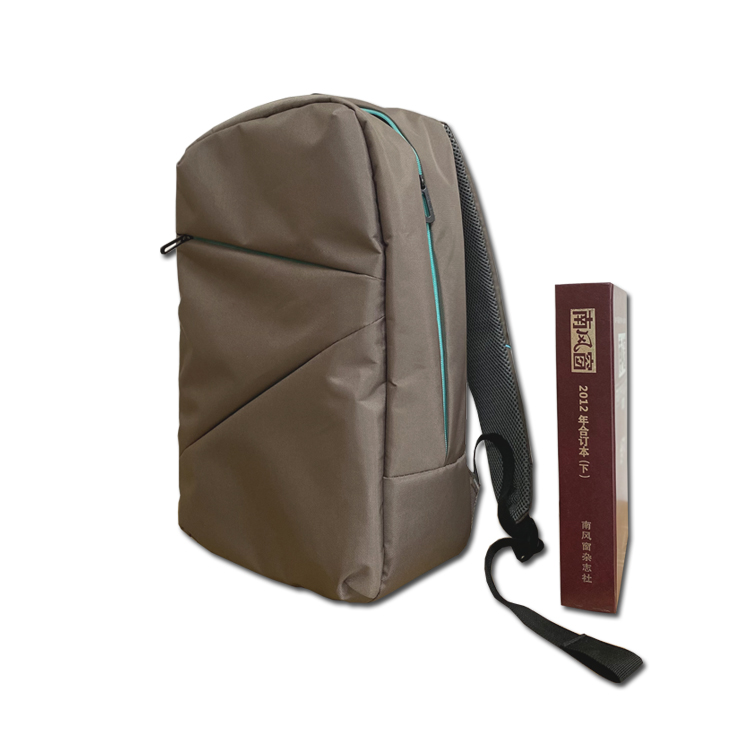

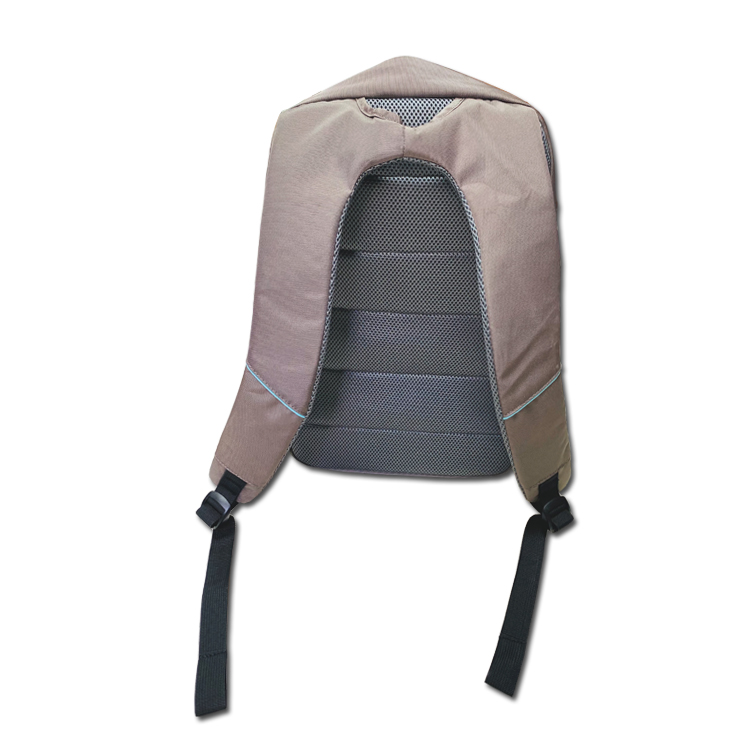
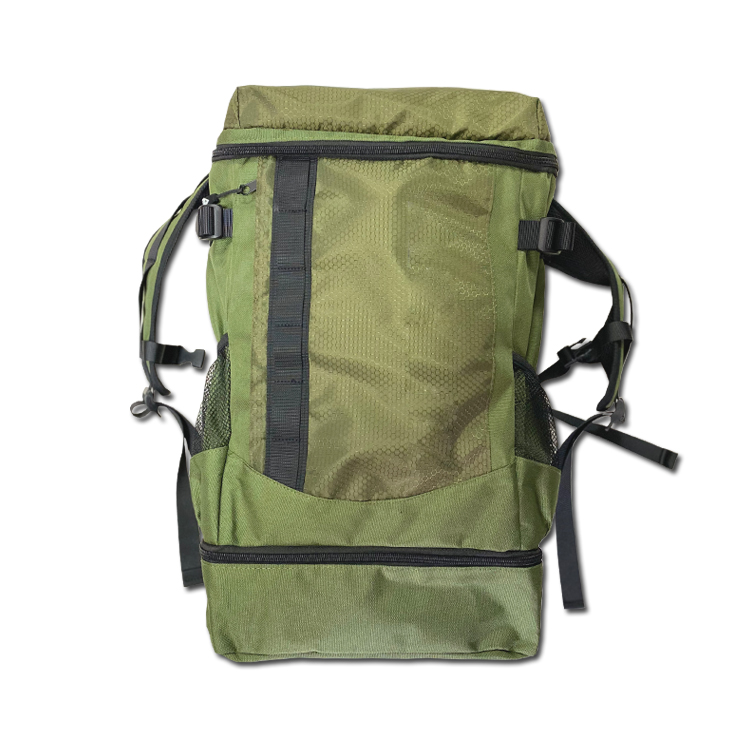
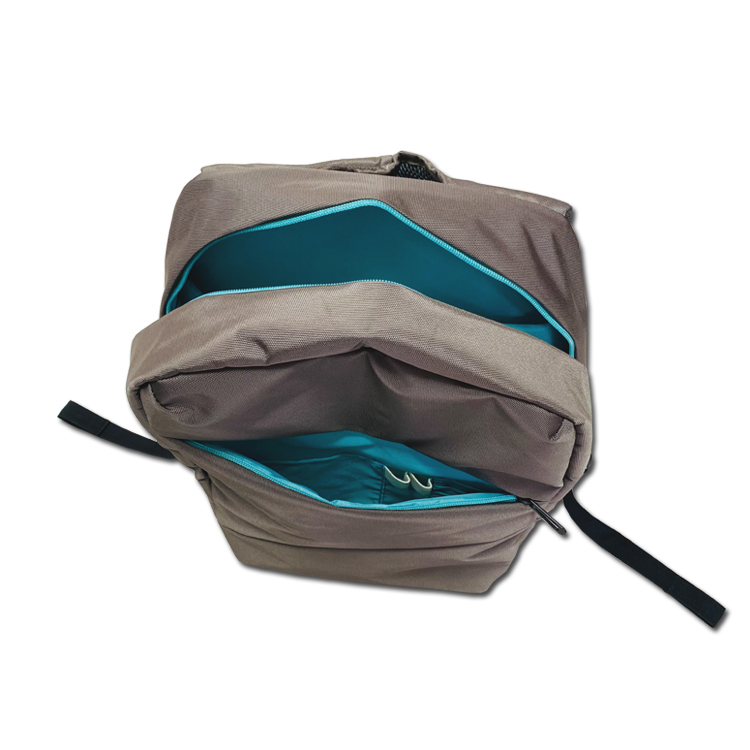
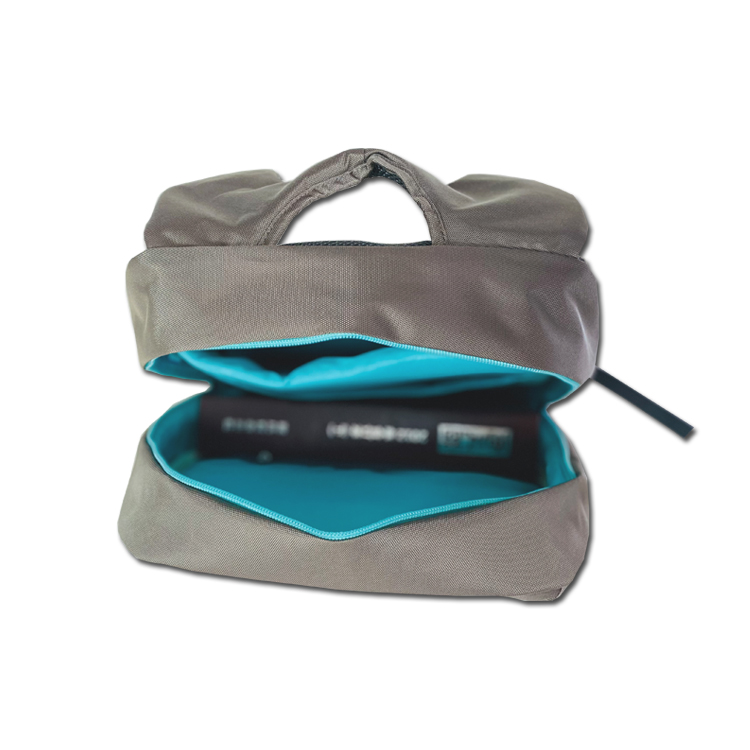
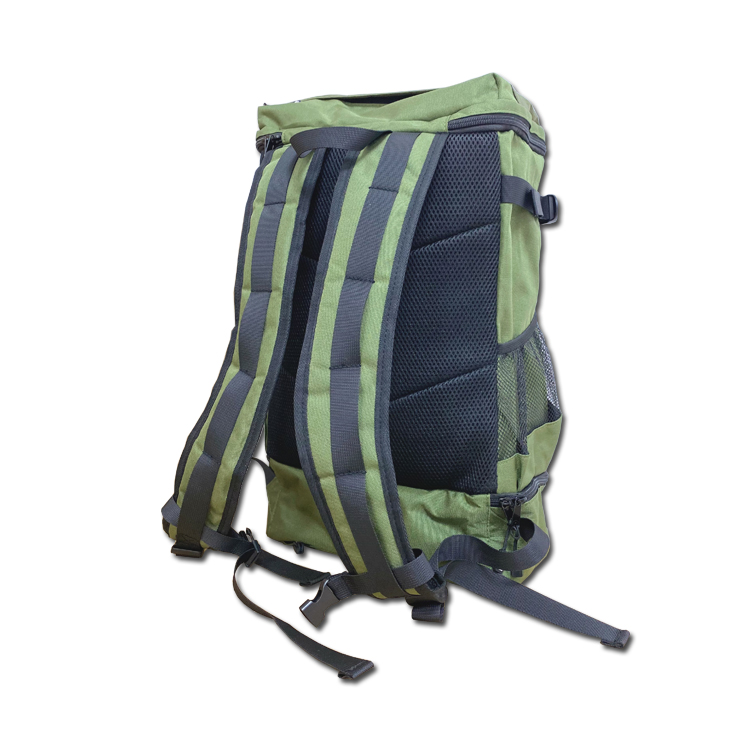
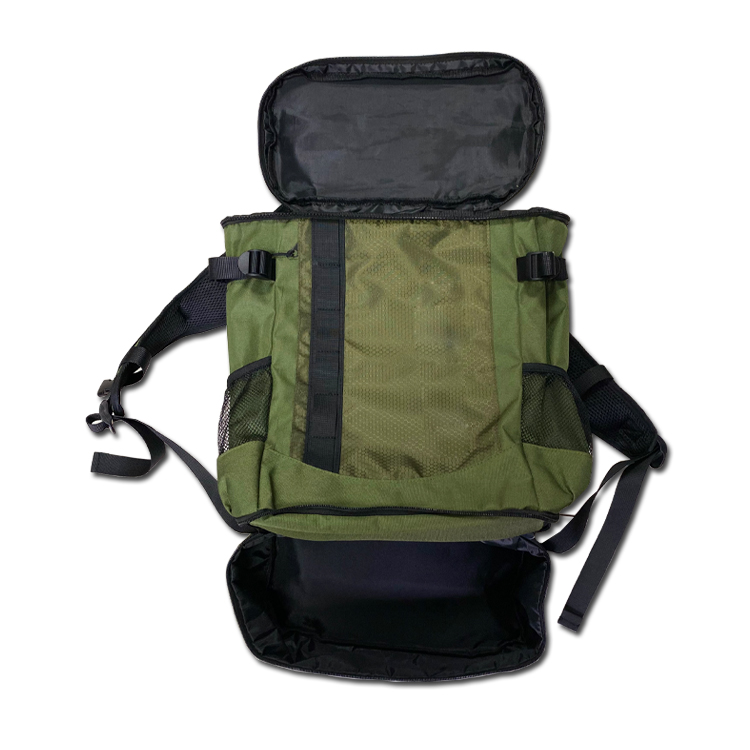
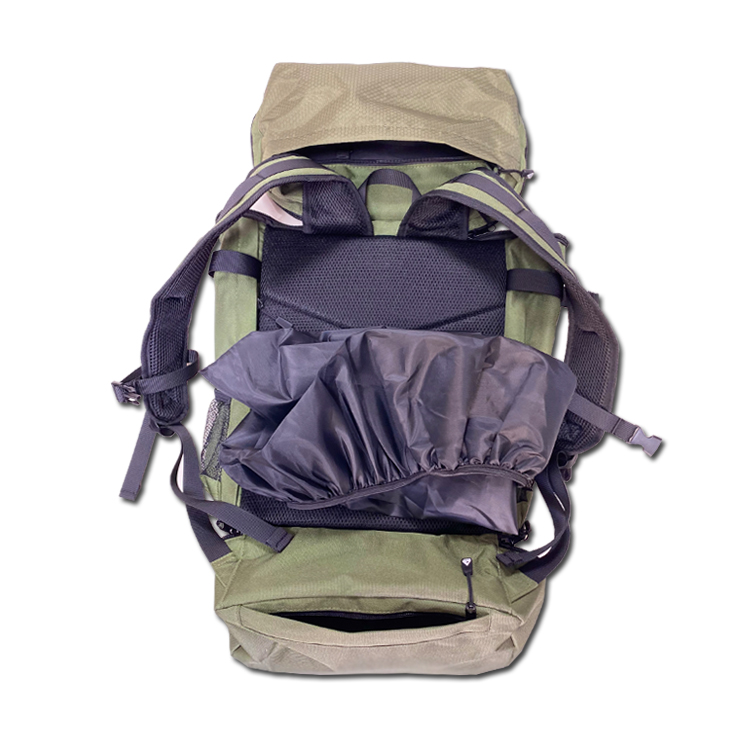
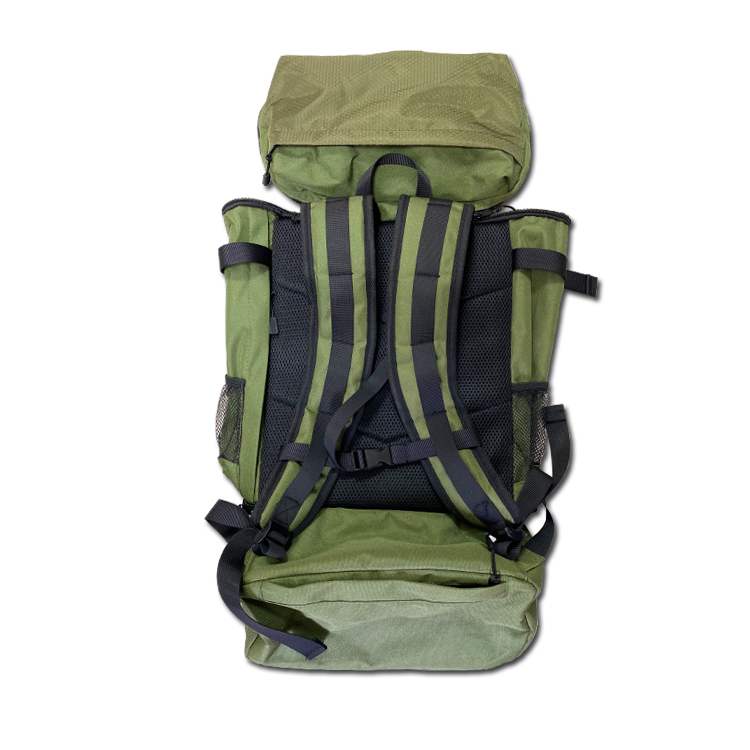
Good equipment, valuable, breeding Fengbao industry.